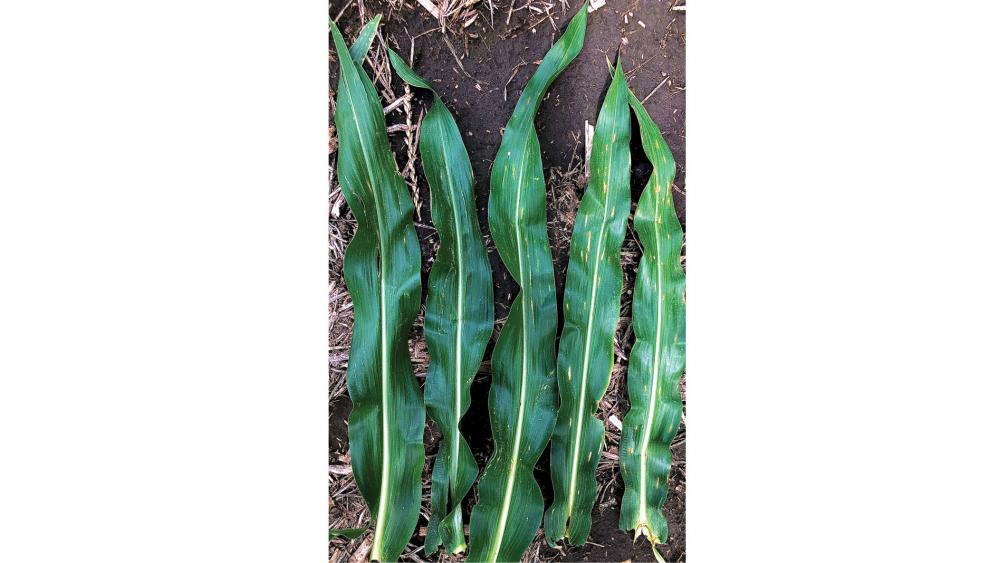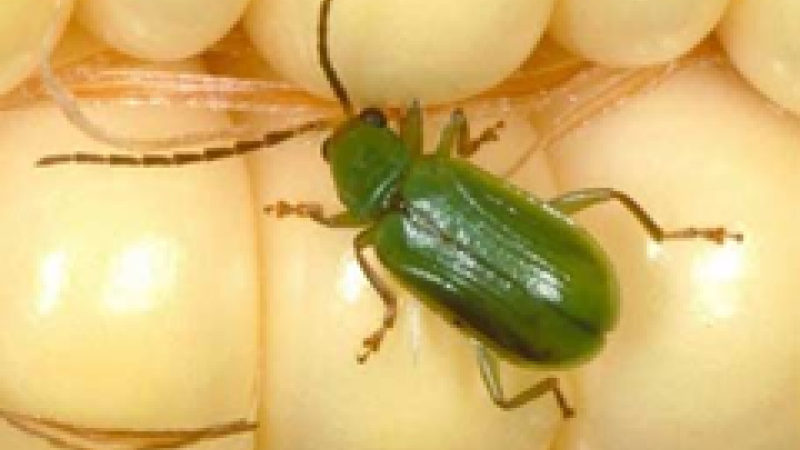How Do I Interpret Disease Ratings in the Hoegemeyer Seed Guide?
It’s the time of the year when the new seed guides are being distributed. The Hoegemeyer Seed Guide has ratings that give better insight into how products perform against a variety of issues (1-9 scale with 9 being best and 1 being poor). The one section I get a lot of questions about is the disease portion. How can producers tell if their hybrid will respond to fungicide applications? To help demonstrate what the ratings mean and answer this question, I pulled the image 1 from a plot near Frankfort, Kansas. The conditions in this area have been favorable for Grey Leaf Spot (GLS) development recently. The products in the photo range from a 3 (low GLS tolerance) to a 6 (higher GLS tolerance) in the seed guide. Notice the difference in disease development between the leaves. I would recommend if you plant a product with a GLS rating of 3 you should apply a fungicide almost every year. A rating of 4-5 you should scout your fields and monitor the disease pressure and crop stage. At a score of 6 most years the GLS will be less of a concern, but you should still scout to monitor disease pressure along with taking into consideration the environmental conditions in your area. Grey Leaf Spot develops in warm weather with high humidity or at least 12 hours of wet leaves from either rain events, heavy dew, or irrigation.

Varieties from left to right (Grey Leaf Spot rating); 8382 AM (6), 8750 AML (6), 8529 (5), 8348 PWRA (3), 8175 AM (3)
If you have further questions about disease issues or product ratings reach out to your local Hoegemeyer DSM or agronomist.

